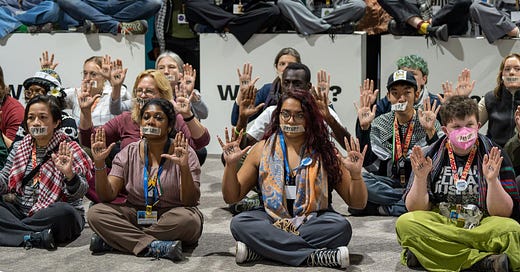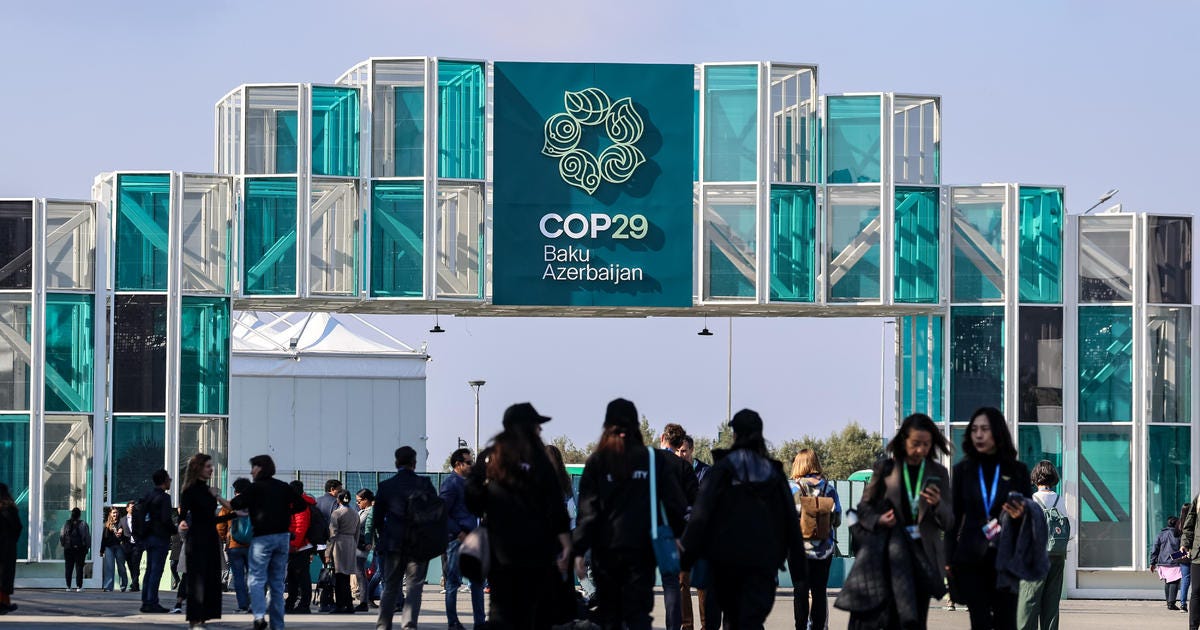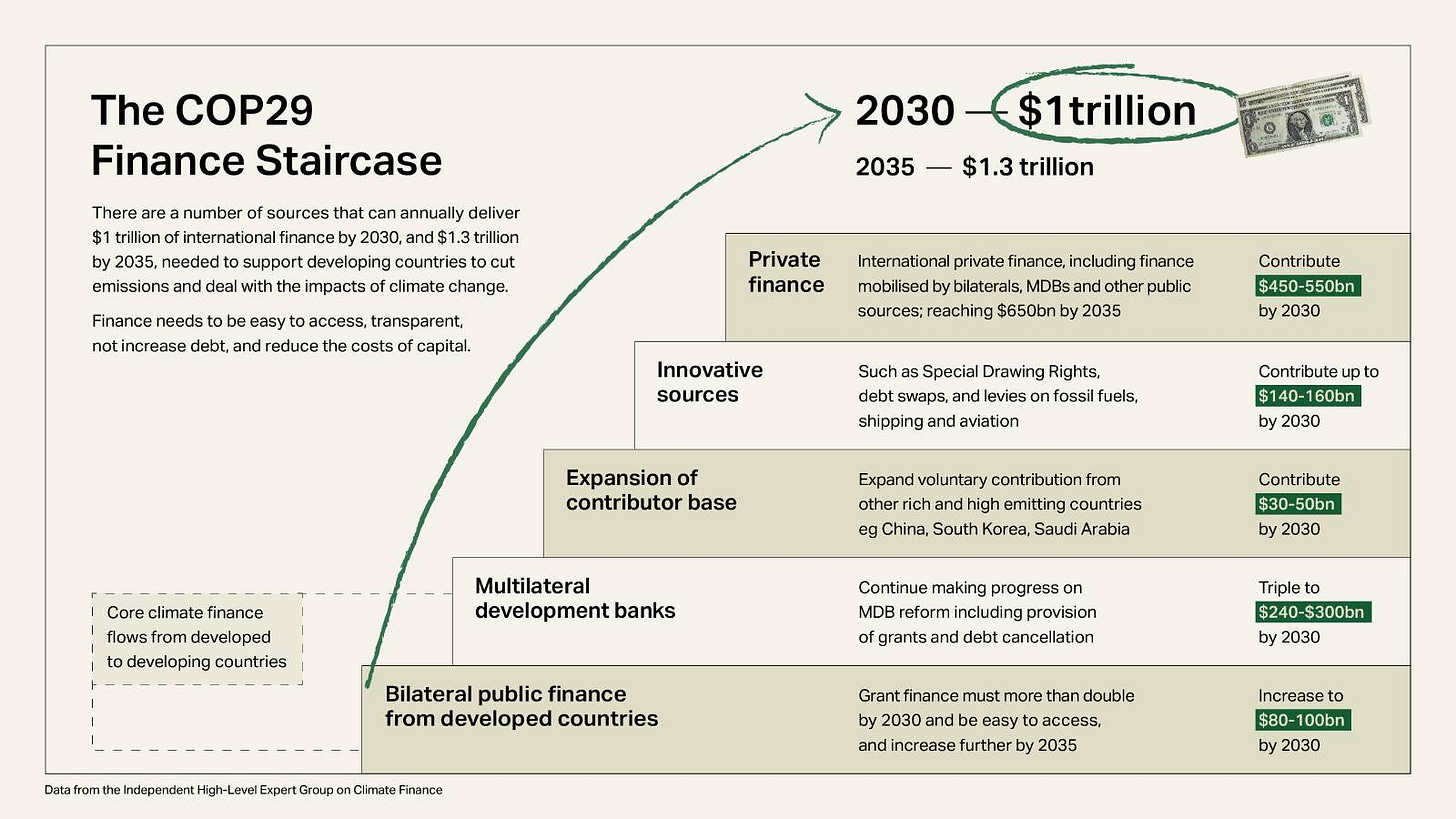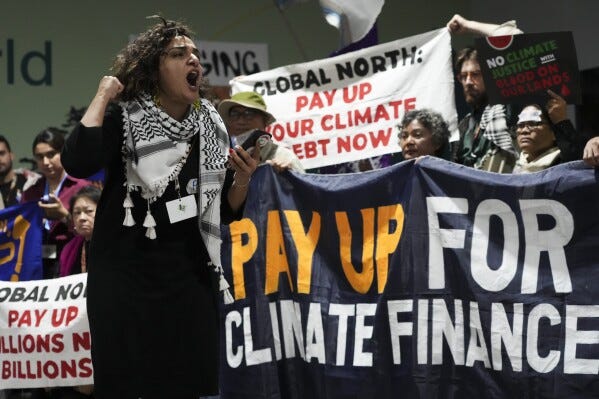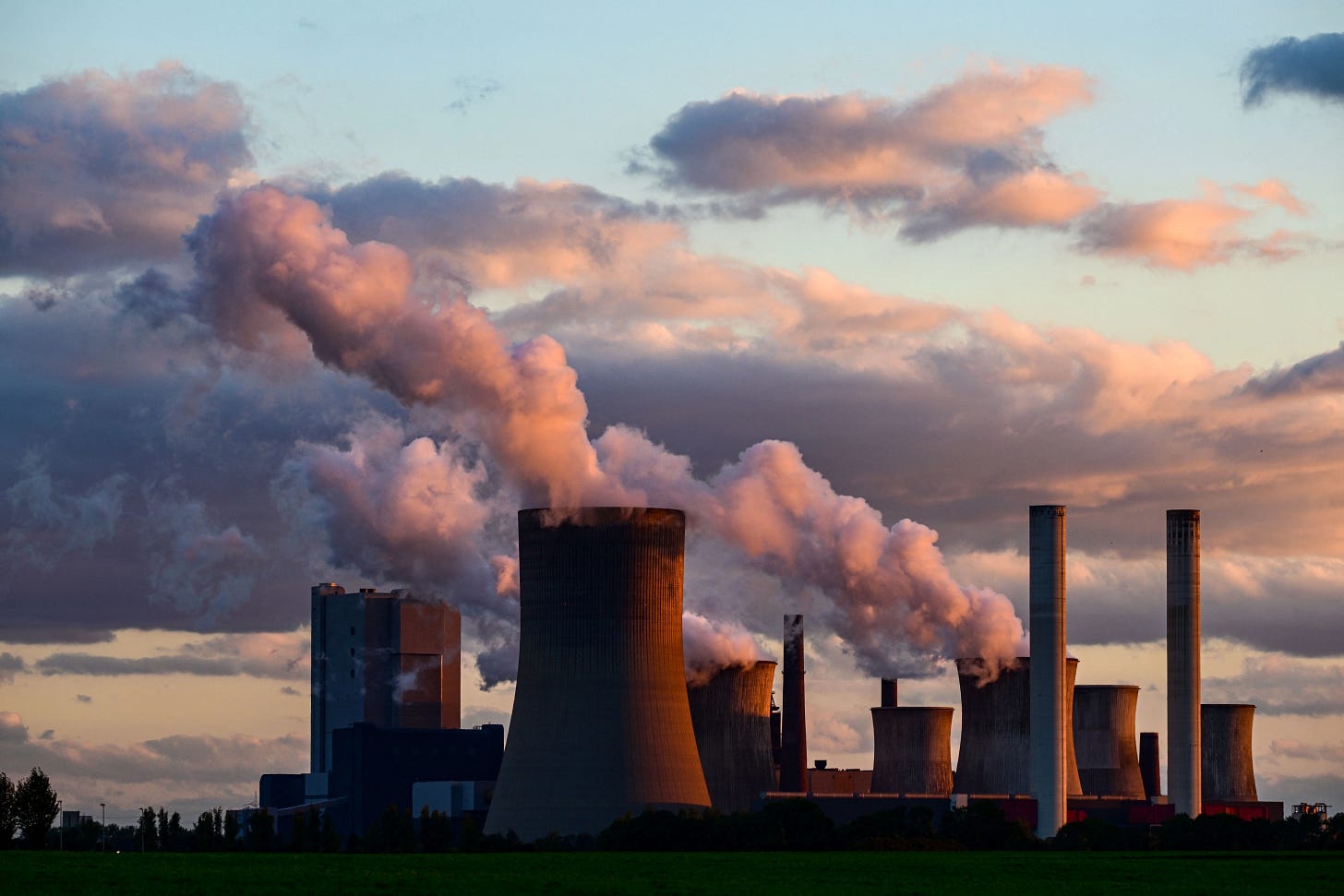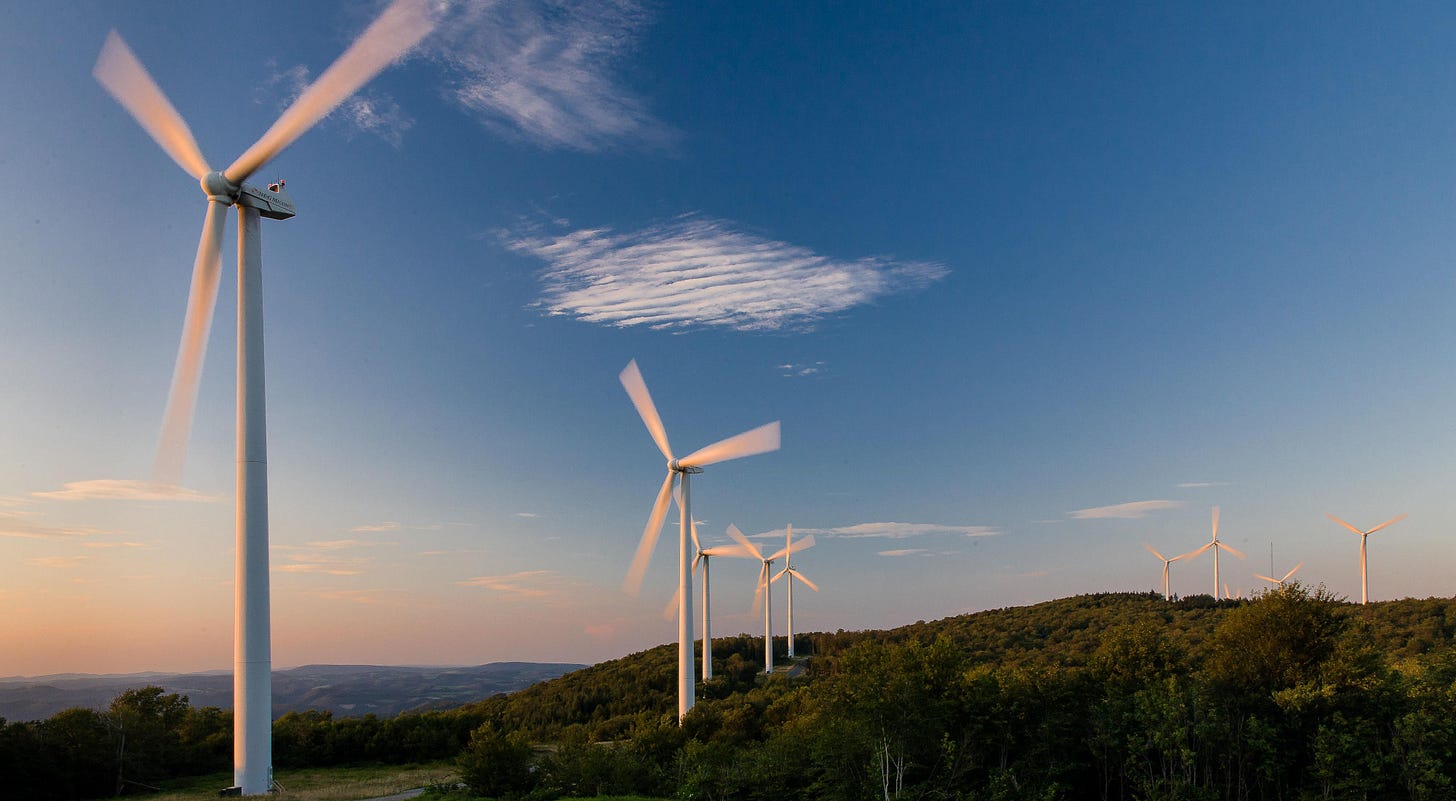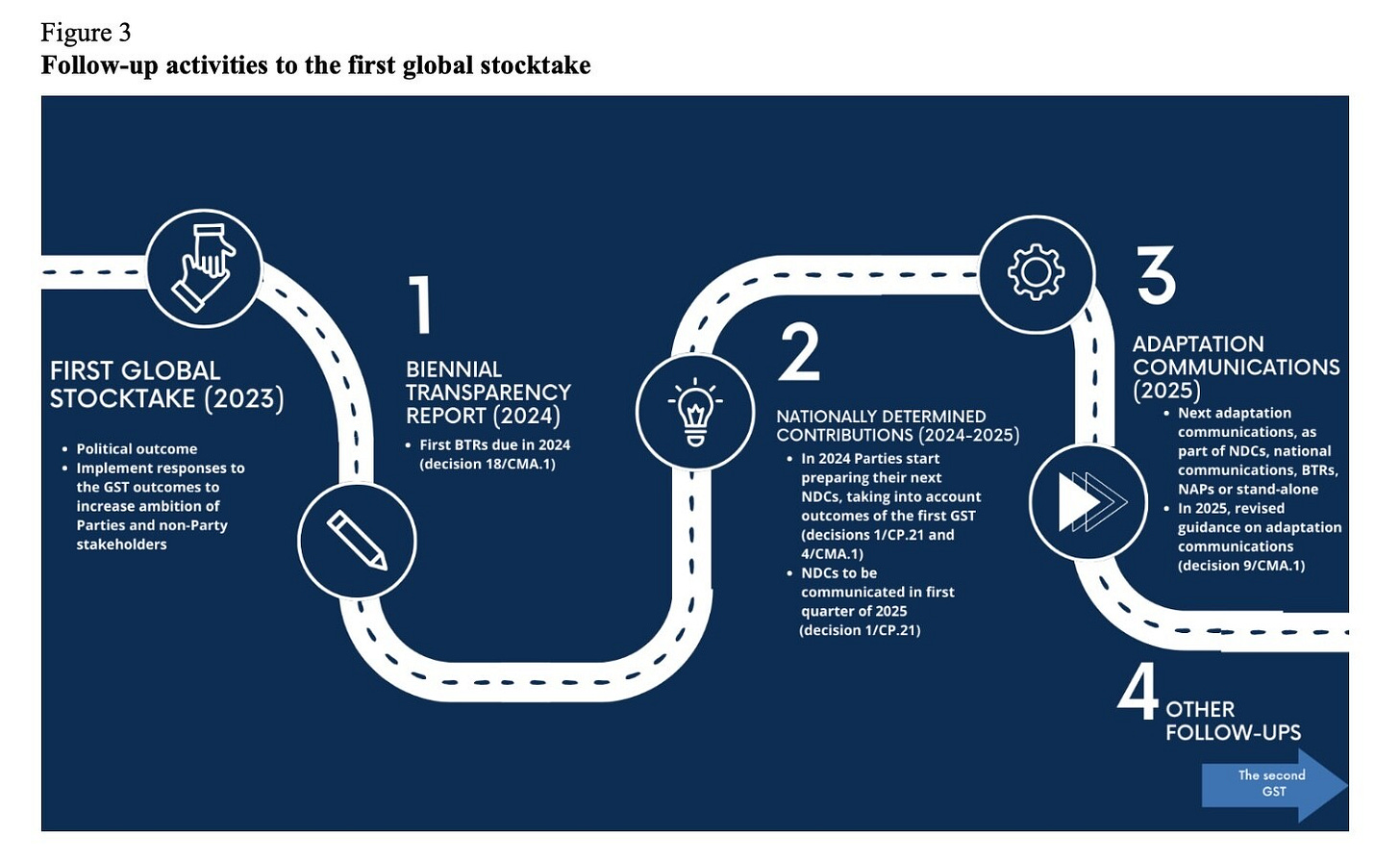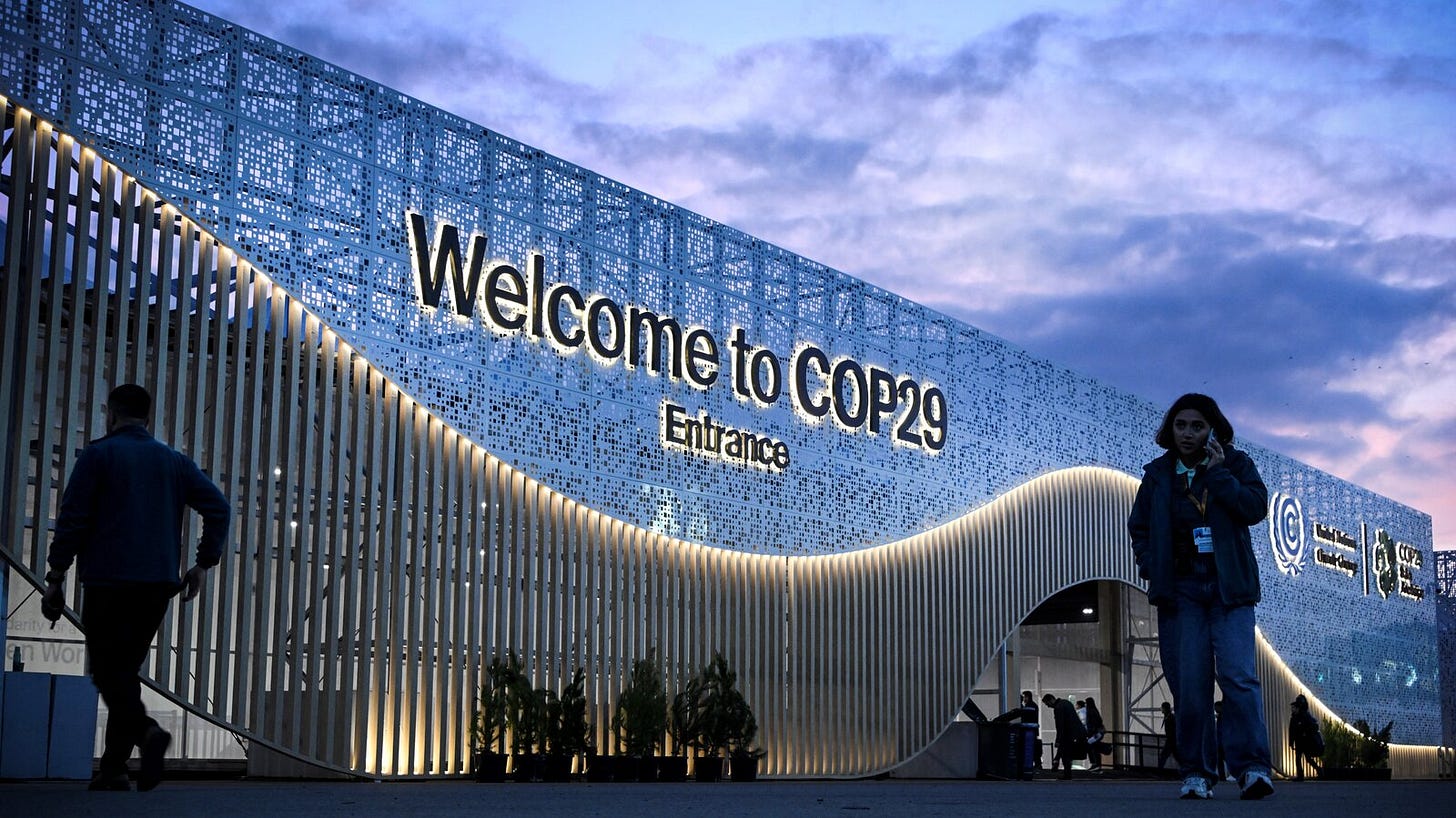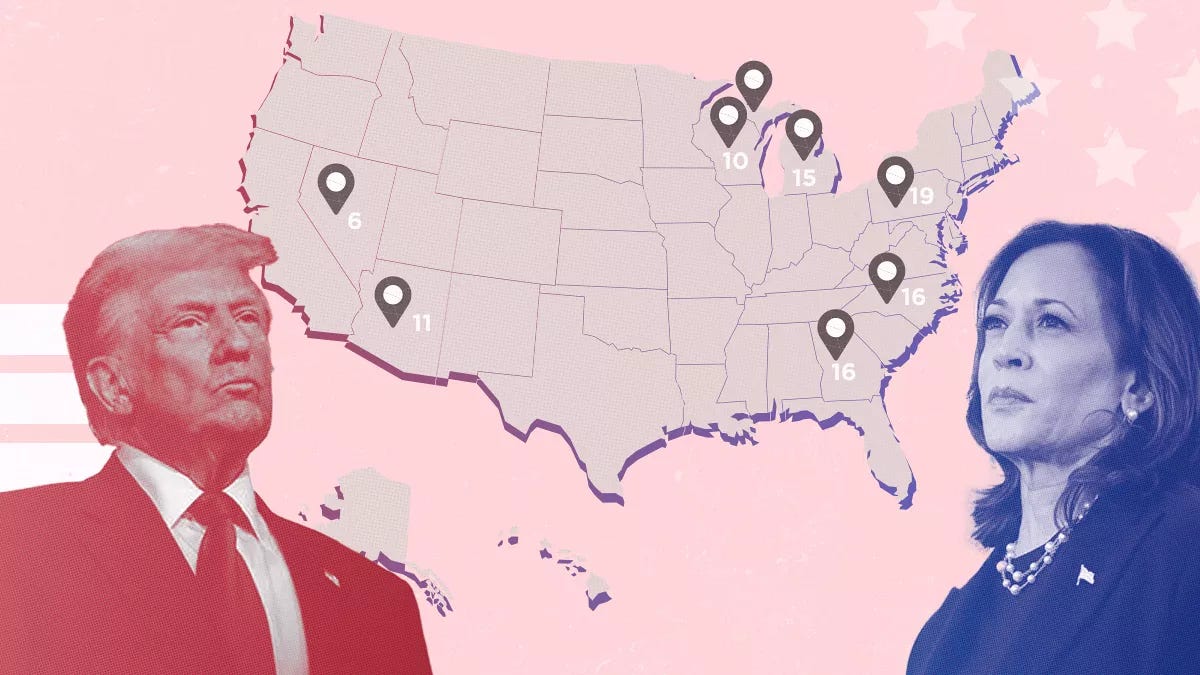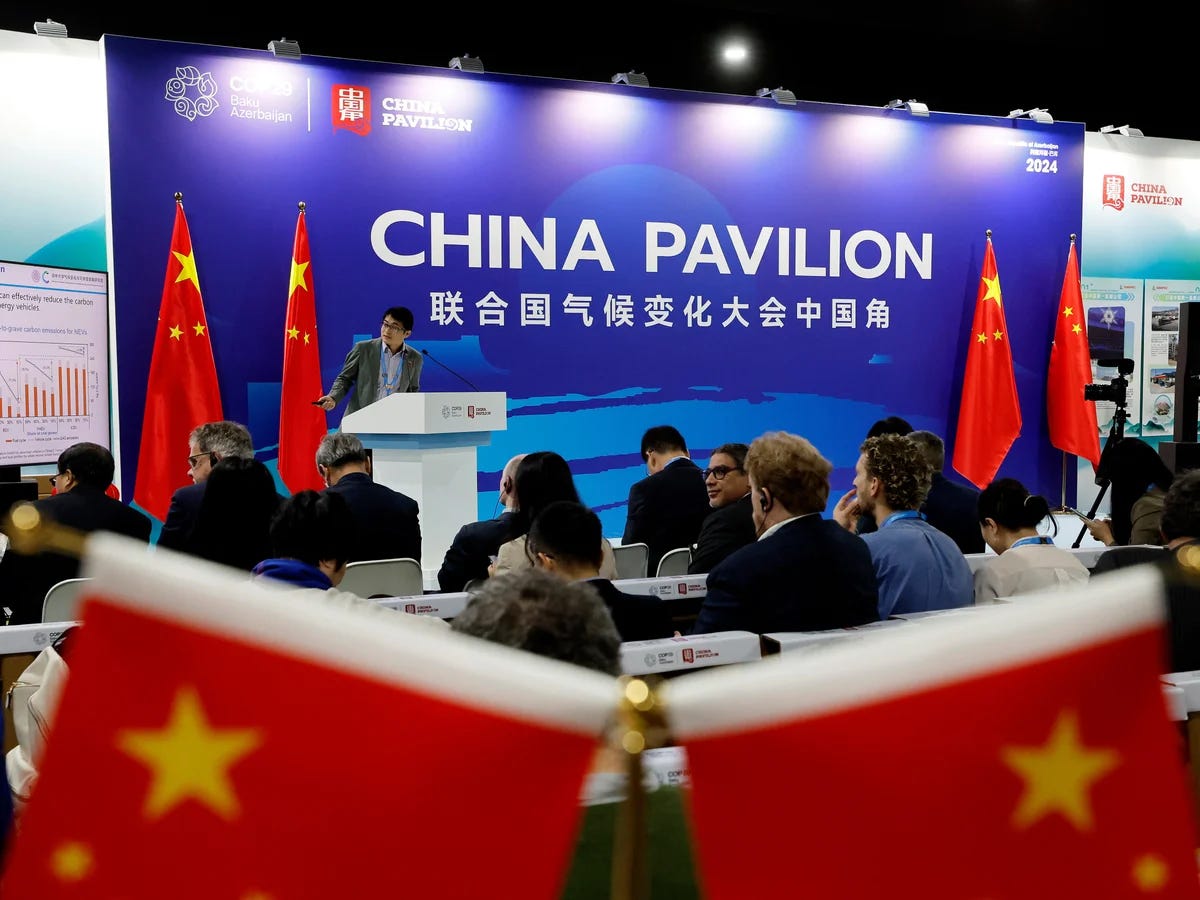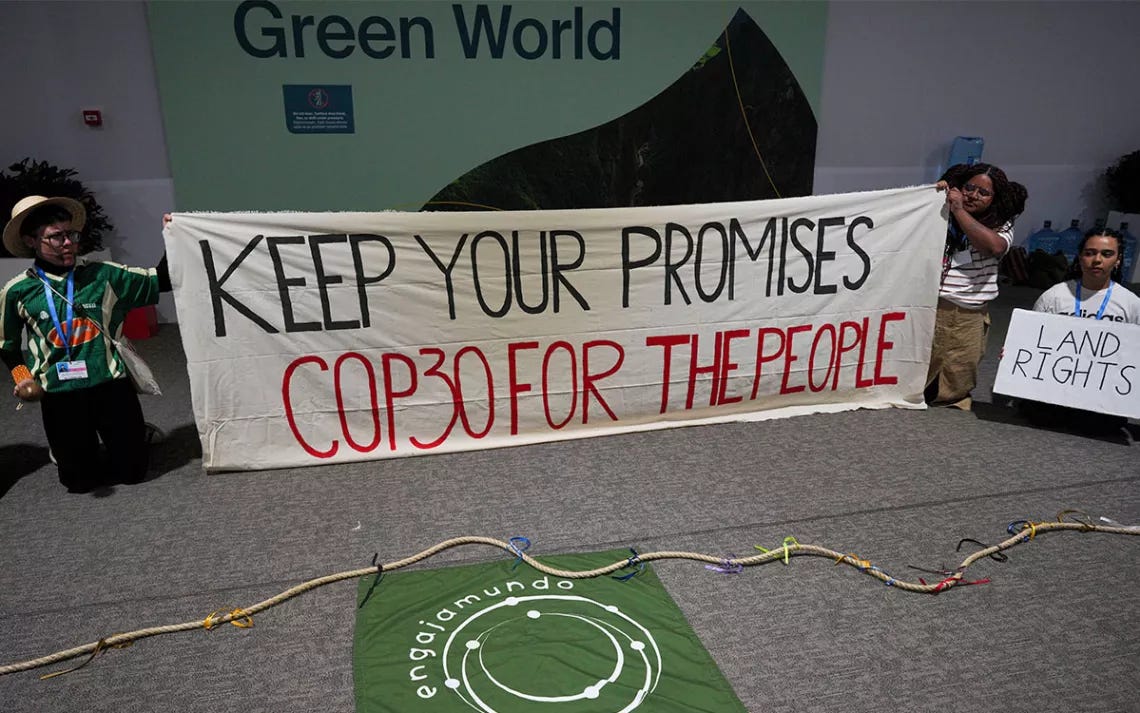COP29: Five Key Takeaways and Expert Insights
COP29: A Global Call for Climate Finance and Action
The 29th Conference of the Parties to the United Nations Framework Convention on Climate Change (COP29) was a landmark event held from November 11-22, 2024, in Baku, Azerbaijan. This year’s conference has been dubbed the “Finance COP,” signaling a crucial turning point in the global fight against climate change. The focus was on the financial mechanisms needed to meet the colossal demands of addressing climate change and ensure that the promises made under the Paris Agreement are fully realized.
COP29 is particularly important, as last year’s global stocktake revealed that the world is significantly falling behind its climate targets1. Despite the sobering reality of the global climate situation, COP29 also highlighted new initiatives and agreements that may provide hope for addressing the challenges ahead. To offer deeper insights into the discussions and outcomes of the conference, we spoke with several leading experts in the climate field who attended COP29: Kemal Armada, Director and Head of Growth at Climeworks; Michelle Li, Founder of clever carbon and Women & Climate NY ; and Lincoln Teo, Managing Director and Board Advisor at ZERO13.
Finance Commitments—A Huge Gap Between Promise and Need
One of the most critical topics discussed at COP29 was the need for financial support for climate mitigation and adaptation efforts. Developing countries have long called for increased financial support to address climate change. These nations initially sought $1.3 trillion in climate finance. However, developed nations only committed to providing $300 billion—a full $1 trillion less.
“The ongoing challenges in securing sufficient financing for developing nations highlighted a persistent gap. With the $100 billion annual climate finance target only recently met, calls for a $1.3 trillion goal by 2035 remain unfulfilled, signaling a major hurdle for future progress.” - Kemal Armada
This financial deficit sparked strong reactions, especially from countries like India, Nigeria, and Malawi, whose representatives criticized the lack of sufficient financial commitment2. Their concerns highlight a fundamental issue: the gap between the promises made by wealthy nations and the funds that are delivered. While the financial commitments made at COP29 are a step forward, the glaring $1 trillion gap underscores the challenge of mobilizing sufficient resources for climate action. Despite this, there remains cautious optimism about the potential for progress.
“As COP29 negotiators are challenged by the specter of climate finance, there is a pathway out of the difficulties. While reaching a consensus on a global level may seem impossible, the bilateral arrangements and agreements are the green shoots that we see from COP29.” - Lincoln Teo
The Path Forward for Global Carbon Markets
Another significant outcome of COP29 was the finalization of the rules for global carbon markets, which some view as essential for helping countries meet their climate targets3. The agreed-upon rules will help oversee the transparent and effective trading of carbon credits, ensuring that emissions reductions are properly accounted for and that countries can meet their targets.
“The Paris Agreement's Article 6 is increasingly becoming the weight behind climate actions between countries; at least on a bilateral level. It sets the foundation for standards and commitments for increased activities that would otherwise be missing or delayed. Sovereign participation in the carbon trade process will definitely set the principles and guidelines in an otherwise free-rein environment.” - Lincoln Teo
While these agreements offer the potential for scaling up emissions reductions and incentivizing the transition to clean energy, concerns remain. Critics argue that without robust oversight, there is a risk that carbon credits could be misused or lead to “carbon colonialism,” where wealthy nations offset their emissions by investing in projects in developing countries without effectively reducing their emissions. The success of these carbon markets will depend on the implementation and monitoring of these new rules.
Nationally Determined Contributions (NDCs) and the Road to Net-Zero
The updating and submission of Nationally Determined Contributions (NDCs) by February 2025 is expected to help better understand the global path to meeting net-zero goals4. NDCs are the climate action plans that countries are required to submit, outlining how they intend to reduce emissions and adapt to the impacts of climate change.
“The hope is that countries will be more aggressive in their plans to reduce environmental impact and improve adaptation.” - Michelle Li
At COP29, several countries made notable strides in setting ambitious NDCs. The UK, Brazil, and the UAE presented ambitious plans to align with the goal of limiting global temperature rise to 1.5°C5. These updated NDCs will play a key role in the upcoming global stocktake in 2028.
COP Process Under Scrutiny
While COP29 brought critical discussions and agreements to the table, there were also calls for reform within the COP process itself. A letter signed by several leading climate experts and activists called for an overhaul of the COP process, citing concerns about its effectiveness in delivering meaningful climate action6. Among these concerns is the trend of authoritarian countries hosting COP conferences, including Azerbaijan—which, following Egypt and the United Arab Emirates, is the third such nation to do so in a row.
This year’s COP has also been particularly controversial, with many people refusing to attend or leaving the event early due to apparent lobbying by fossil fuel groups. An undercover operation by the NGO Global Witness showed one COP29 senior official appearing to discuss oil and gas deals with someone posing as a potential investor. They also created a webpage, cop29.com, calling for fossil fuel companies to assume more of the financial burden of climate change; this webpage was banned in Azerbaijan. Representatives from dozens of small island nations, which are disproportionately affected by climate change despite producing less than one percent of all global carbon emissions7, also staged a walkout after a $250 billion climate finance deal was proposed8.
The criticisms of the COP process are not new. However, with the increasing urgency of climate change and the growing pressure for bold action, questions about the transparency, inclusivity, and accountability of COP negotiations are gaining momentum. The future of COP may depend on whether these concerns are addressed and whether the process can evolve to meet the challenges of the coming decades. There does seem to be hope for the COP, with some experts pointing out the positive impacts COP29 has had.
“While there was a lot of adverse press for Azerbaijan, I attended a dinner and the person beside me works for a sustainable waste-management company based in Germany. I learned that the company she works for is now in talks with a large Azerbaijani grocery chain to help manage their waste more sustainably. These types of stories don’t get highlighted in the media. For a global cohort of sustainability professionals and enthusiasts to come into a traditional oil and gas state is hugely impactful.” - Michelle Li
The US and the Future of Global Climate Leadership
As COP29 unfolded, there was also significant attention paid to the role of the United States, a key player in global climate negotiations. With the election of Donald Trump likely to signal a shift in US climate policy, the expectation is that the United States will withdraw from global climate goals for the next four years9.
“There was also a notable drop in energy and attendance from key stakeholders, reflecting geopolitical shifts and the influence of events like the U.S. elections, which added a layer of uncertainty to the negotiations.” - Kemal Armada
The potential withdrawal of the US from global climate leadership has led to speculation about whether China—now the world’s largest emitter—could step into the void. While the US and China have historically been at odds on climate policy, the shifting dynamics at COP29 suggest that global climate leadership could see a dramatic shift, with China potentially assuming a more prominent role in shaping future climate agreements10.
Looking Ahead to COP30
As COP29 wraps up, the world faces both new challenges and fresh opportunities in the fight against climate change. The focus on finance, carbon markets, and national climate action plans were important steps forward, but gaps in financial commitments and the lingering concerns over global carbon markets underscore how much work remains to be done.
“For COP30 in Brazil, I hope to see stronger commitments to climate finance and clear pathways to channel funds from developed to developing nations. Achieving a robust and equitable financial mechanism will be critical to scaling climate resilience globally.” - Kemal Armada
The discussions at COP29 have set the stage for the next phase of climate action. With NDCs due in early 2025 and the next global stocktake ahead, the world must confront the stark reality of our progress (or lack thereof) in meeting climate goals. The question now is whether the commitments made at COP29 will be sufficient to avert the worst impacts of climate change or whether bolder actions will be required.
The road ahead will not be easy, but COP29 has demonstrated that the momentum for change is growing. As countries continue refining their strategies and increasing their financial commitments, there is hope that the global community can still rise to the challenge of building a sustainable future for all.
This Week in Sustainability is a weekly email from Brightest (and friends) about sustainability and climate strategy. If you’ve enjoyed this piece, please consider forwarding it to a friend or teammate. If you’re reading it for the first time, we hope you enjoyed it enough to consider subscribing. If we can be helpful to you or your organization’s sustainability journey, please be in touch.

